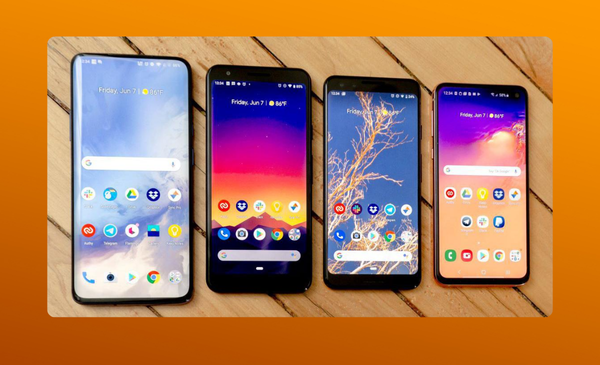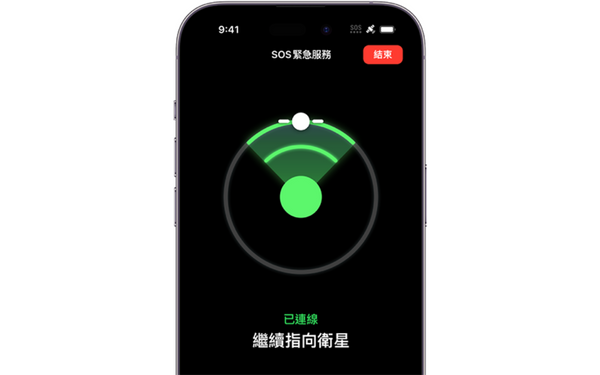Owners of iPhone 14s in the United States and Europe will soon not be the only ones with access to satellite-based Emergency SOS features. At CES 2023, mobile chipmaker Qualcomm and satellite operator Iridium announced a partnership to deliver satellite connection to next year’s flagship Android phones.

Qualcomm’s service, which enables two-way communications via satellite for usage in emergency situations, SMS texting, and other messaging applications, is called Snapdragon Satellite. In addition to being useful in an emergency, Qualcomm believes its product may be used for entertainment in suburban, rural, and maritime settings.
In the latter part of 2023, high-end Android phones in some places should be equipped with Snapdragon Satellite for use in sending urgent messages.
Iridium has a network of 66 low-Earth orbit (LEO) satellites, allowing it worldwide coverage so long as there’s a clear view from the device to the sky.
Apple paid $450 million in Globalstar to provide the iPhone 14’s Emergency SOS function. The iPhone sends its messages to one of GlobalStar’s 23 LEO satellites, which then forwards them to one of many ground stations throughout the world and ultimately to the appropriate emergency services. Unfortunately, the service is only accessible from Europe and North America at the moment.
The satellite capability will be accessible on Android handsets that have both the Snapdragon 8 Gen 2 system on chip and the Snapdragon X70 modem.
However, the service will rely on how smartphone manufacturers implement it, thus it is unclear whether users that have Snapdragon Satellite would be required to pay for access. Apple provides two years of Emergency SOS for free.
Iridium disclosed the agreement in an SEC filing dated December 30, stating, “Iridium has entered into a service provider agreement to enable Iridium’s technology in smartphones” and that “overall arrangements include substantial recoupment payments from each company for commercialising a similar capability with another party.”
Iridium’s GSM-like signal technology is closer to 2G than 5G, so users won’t be able to conduct voice calls until it replaces the satellites, but it should have a long life for text messages, as observed by Snapdragon vice president Francesco Grilli.
The relationship between Iridium and Qualcomm is part of a bigger movement to expand mobile devices and networks using satellite technology. As part of its partnership with SpaceX, T-Mobile will employ the latter’s Starlink satellites to provide service to unserved regions. Verizon is collaborating with Amazon’s Project Kuiper to increase the scope of both the latter’s 4G and the former’s 5G services.

Subtly charming pop culture geek. Amateur analyst. Freelance tv buff. Coffee lover
